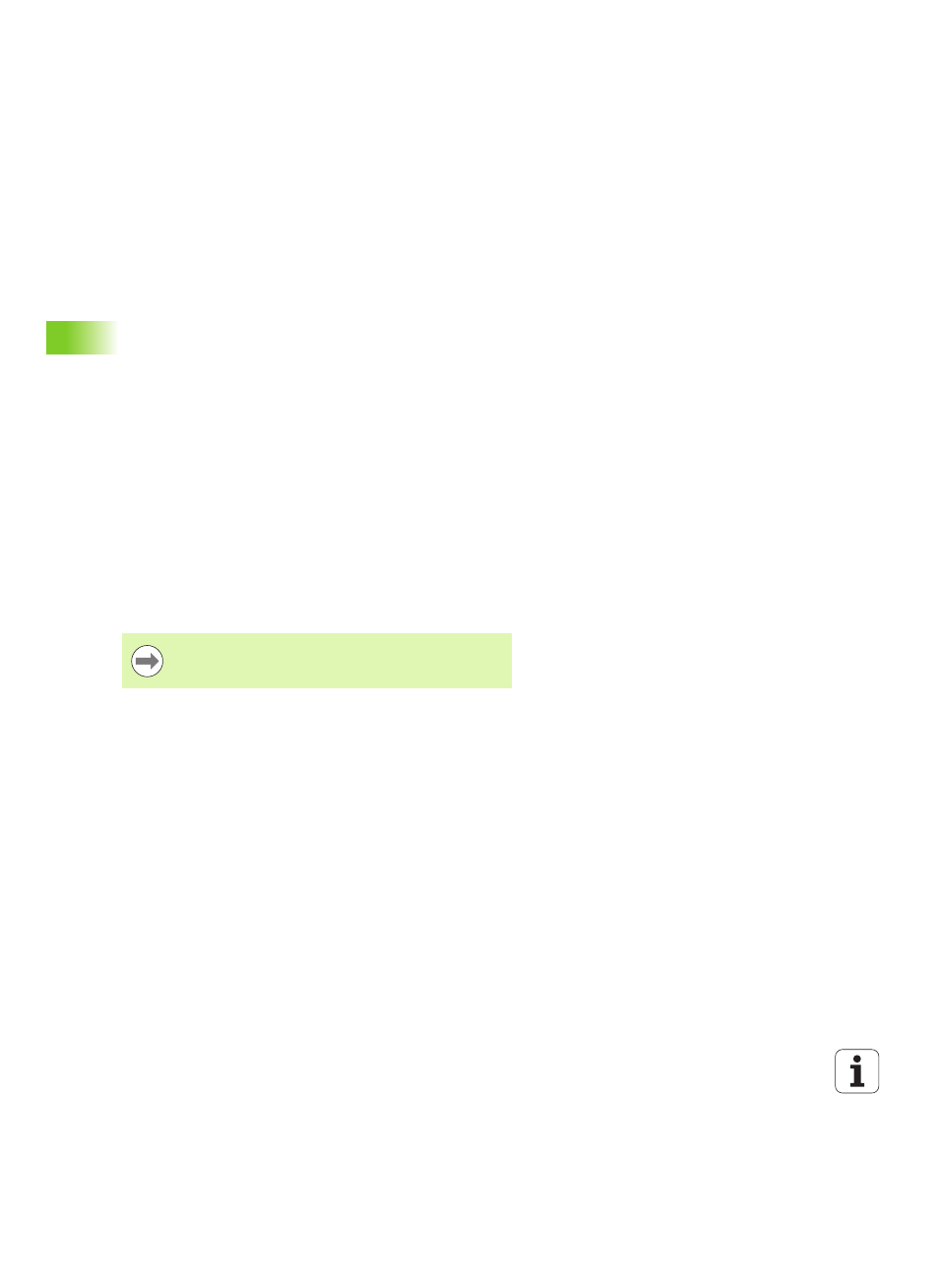Recess turning, 5 recessing cy cles – HEIDENHAIN SW 68894x-02 User Manual
Page 224

224
Teach-in mode
4.5
Recessing
cy
cles
Recess turning
The recess turning cycles machine by alternate recessing and
roughing movements. The machining process requires a minimum of
retraction and infeed movements.
To influence recess-turning operations, use the following parameters:
Recessing feed rate O:
Feed rate for recessing movement
Turning operation, unidirectional/bidirectional U:
You can
perform a unidirectional or bidirectional turning operation. With
radial
recess-turning cycles, unidirectional turning operations are
always performed in the direction of the spindle. With axial ICP
recess-turning cycles, the machining direction corresponds to the
direction of contour definition.
Offset width B:
After the second infeed movement, during the
transition from turning to recessing, the path to be machined is
reduced by the offset width. Each time the system switches from
turning to recessing on this side, the path is reduced by the offset
width—in addition to the previous offset. The total offset is limited
to 80 % of the effective cutting width (effective cutting width =
cutting width –2*cutting radius). If required, the CNC PILOT reduces
the programmed offset width. After precutting, the remaining
material is removed with a single cut.
Depth compensation RB:
Depending on factors such as workpiece
material or feed rate, the tool tip is displaced during a turning
operation. The resulting infeed error can be compensated with
depth compensation during "finishing, expanded." The depth
compensation factor is usually determined empirically.
These cycles require the use of recess-turning tools.